"Cherishing Little Steps - A Haven for Baby and Family Journeys"
Children’s Car Seat Options
Looking for the perfect car seat for your precious little passenger? Look no further!
Children’s car seat options are aplenty, providing you with a plethora of possibilities. Whether you’re seeking an infant car seat for your newborn or a convertible car seat to grow with your child, there are options to suit every stage.
All-in-one car seats offer versatility, while booster seats provide added security for older children.
Don’t forget about rear-facing car seats, backless boosters, and 3-in-1 car seats that adapt as your child grows.
Travel system car seats make life on the go a breeze, and extended rear-facing car seats prioritize safety.
With this wide array of choices, you can find the perfect car seat to keep your little one safe and sound while traveling.
Key Takeaways
- Rear-facing car seats provide superior protection in the case of a frontal collision and distribute the force of impact evenly across the child’s back.
- Rear-facing car seats offer better support for the child’s developing bones and muscles and prioritize safety for young children.
- Forward-facing car seats offer enhanced visibility for the child’s engagement and entertainment, along with comfortable and adjustable features for maximum comfort.
- Combination car seats are a versatile option with both forward-facing and booster seat capabilities, providing enhanced safety features and accommodating children as they grow.
Infant Car Seats
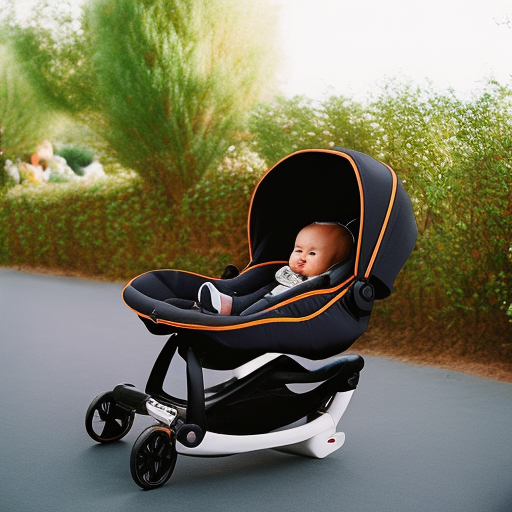
If you’re a parent or caregiver, you’ll need an infant car seat to ensure the safety of your baby while traveling in a vehicle. Infant car seats are specifically designed to protect your little one in the event of a car accident or sudden stop. There are two main types of infant car seats: rear-facing and convertible.
Rear-facing car seats are designed for infants and can only be used in that position. Convertible car seats, on the other hand, can be used in both rear-facing and forward-facing positions, making them a more versatile option as your child grows.
Using an infant car seat has several benefits. Firstly, it provides crucial protection for your baby’s vulnerable neck and spine. The rear-facing position of the seat helps to distribute the force of a crash evenly, reducing the risk of injury. Secondly, infant car seats are designed with comfort in mind. They typically feature plush padding and adjustable harnesses to ensure a snug fit for your baby. Lastly, using an infant car seat allows you to keep your hands free while driving, as your baby is securely strapped in.
Convertible Car Seats
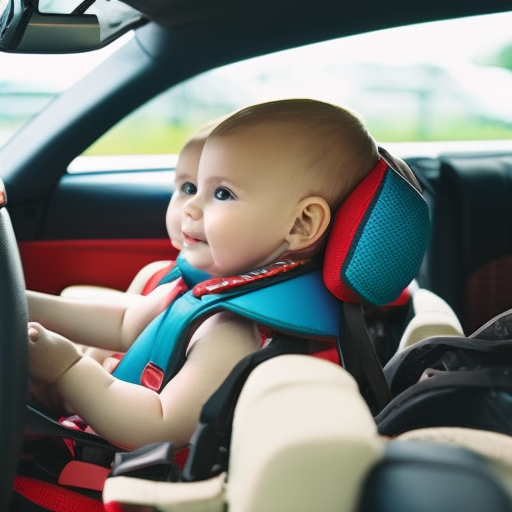
When choosing a car seat for your child, consider the benefits of using a convertible car seat. These versatile seats are designed to accommodate your child as they grow, offering extended use and flexibility. Here are some reasons why convertible car seats are a great choice for your little one:
-
Safety: Convertible car seats are built to meet strict safety standards, providing optimal protection for your child in the event of a crash. They offer features like side-impact protection and adjustable harness systems to keep your child secure.
-
Longevity: Unlike infant car seats, convertible car seats can be used from infancy through toddlerhood. They’ve higher weight and height limits, making them a cost-effective option as they can be used for a longer period of time.
-
Convenience: Convertible car seats are designed to be easy to install and adjust. They often come with features like one-hand harness adjustment and removable covers for easy cleaning.
When it comes to choosing the best convertible car seat for your child, consider factors such as safety ratings, ease of use, and comfort. Do your research and read reviews to find a car seat that meets your child’s needs and your own preferences. Remember, the safety and well-being of your child are of utmost importance, so choose wisely.
All-in-One Car Seats
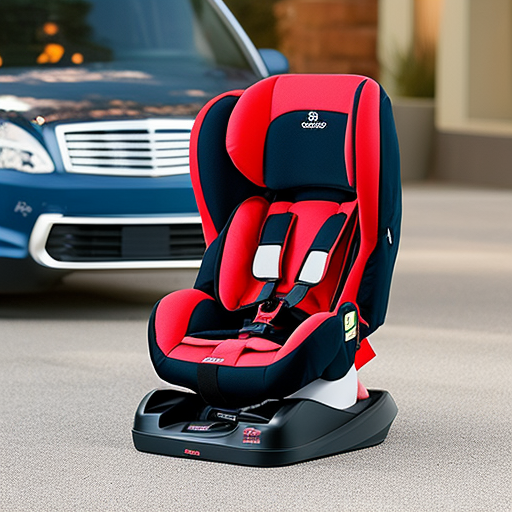
Consider an all-in-one car seat for your child’s safety and convenience. All-in-one car seats are a versatile option that can be used from infancy to toddlerhood, providing a long-term solution for your growing child. These seats are designed to accommodate various stages of your child’s development, from rear-facing for infants to forward-facing for toddlers, and even converting into a booster seat for older children.
The safety benefits of all-in-one car seats are significant. They’re built with advanced safety features, such as side-impact protection and energy-absorbing foam, to provide maximum protection in the event of a crash. Additionally, they often come with adjustable harness systems and multiple recline positions, ensuring a secure and comfortable fit for your child at every stage.
One of the main advantages of all-in-one car seats is their convenience. Instead of purchasing multiple car seats as your child grows, you only need to invest in one seat that will last for several years. This not only saves you money but also eliminates the hassle of having to switch between different seats as your child progresses.
Booster Car Seats
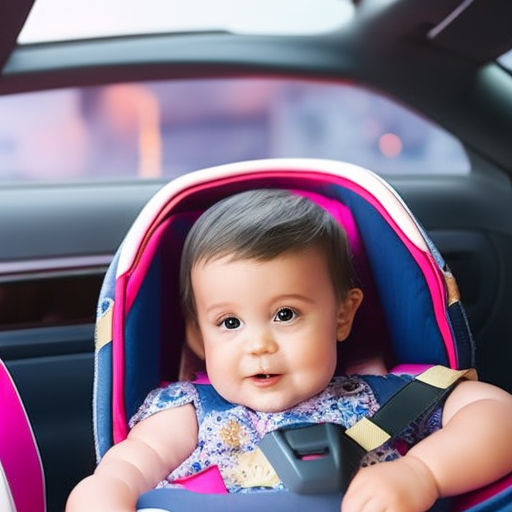
To ensure your child’s safety and comfort as they grow, it’s important to explore the benefits of booster car seats. Booster seats are designed to elevate your child, allowing the seat belt to fit properly across their body.
Here are some key reasons why booster car seats are essential for your child:
-
Enhanced Safety: Booster seats provide an extra layer of protection by positioning the seat belt correctly over your child’s shoulder and hips, reducing the risk of injury in case of an accident.
-
Comfortable Ride: Booster seats are designed with padding and cushioning to ensure your child’s comfort during long journeys, preventing them from feeling restless or uncomfortable.
-
Easy Transition: Moving from a forward-facing car seat to a booster seat is a smooth transition for your child. Booster seats are lightweight, portable, and easy to install, making it convenient for you to switch between vehicles.
When choosing the right booster seat, consider your child’s weight and height, as well as the seat’s weight and height limits. Look for booster seats that meet safety standards and have additional features like side-impact protection and adjustable headrests.
Rear-Facing Car Seats

Maximizing safety is the primary goal when it comes to choosing rear-facing car seats for your child. Extended rear-facing car seats are designed to provide the utmost safety for young children. These seats are specifically designed to face the rear of the vehicle, protecting the child’s head, neck, and spine in the event of a crash.
There are several benefits to using rear-facing car seats. Firstly, they offer superior protection in the case of a frontal collision. The force of impact is distributed evenly across the child’s back, reducing the risk of injury. Secondly, rear-facing car seats provide better support for the child’s developing bones and muscles. This is especially important for infants and toddlers, whose bodies are still growing and developing.
In addition to safety benefits, rear-facing car seats also offer convenience for parents. Many models allow for easy installation and adjustment, ensuring a secure fit for your child. They also provide ample legroom for your child to sit comfortably during long car rides.
When it comes to your child’s safety, choosing a rear-facing car seat is essential. By opting for extended rear-facing car seats, you can provide your child with the highest level of protection and peace of mind.
Forward-Facing Car Seats
When choosing a car seat for your child, it’s important to consider the option of forward-facing car seats. These car seats are designed to be used when your child has outgrown their rear-facing seat. Here are some key benefits of forward-facing car seats:
-
Enhanced visibility: Forward-facing car seats allow your child to have a better view of their surroundings, which can help keep them engaged and entertained during car rides.
-
Comfortable and adjustable: Many forward-facing car seats come with adjustable features, such as reclining positions and headrests, to ensure maximum comfort for your child.
-
Easy installation: Forward-facing car seats are generally easier to install compared to rear-facing seats. They often come with clear instructions and user-friendly installation systems, making it convenient for parents.
In terms of safety features, forward-facing car seats typically come equipped with:
-
Five-point harness: This feature ensures that your child is securely restrained in the seat, reducing the risk of injury in case of an accident.
-
Side-impact protection: Many forward-facing car seats are designed with reinforced side wings or energy-absorbing materials to provide additional protection in the event of a side impact collision.
-
Adjustable straps and headrest: These features allow you to adjust the seat as your child grows, ensuring a proper and secure fit for optimal safety.
Considering the benefits and safety features of forward-facing car seats, it’s crucial to choose one that meets the height, weight, and age requirements for your child to ensure their safety on the road.
Combination Car Seats
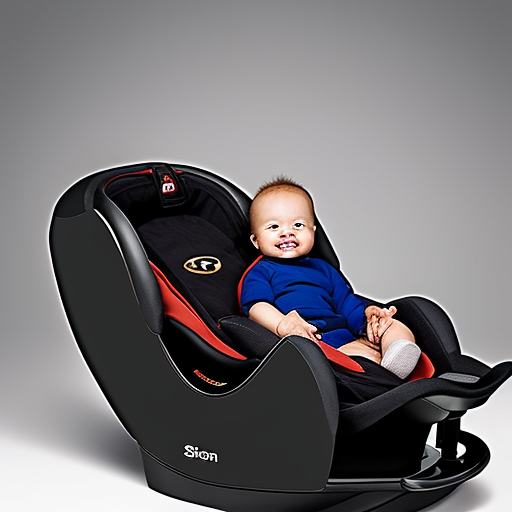
When considering car seat options for your child, it’s important to explore the benefits of combination car seats. Combination car seats are designed to accommodate children as they grow, offering both forward-facing and booster seat capabilities. This versatility makes them a popular choice for many parents.
One of the key advantages of combination car seats is their enhanced safety features. These seats typically come with a five-point harness system, providing optimal protection for your child. In addition, they’re equipped with side-impact protection to safeguard against potential crashes from the side.
Installation tips for combination car seats are essential to ensure your child’s safety. Start by carefully reading the manufacturer’s instructions and follow them closely. Make sure the seat is securely fastened to the car using either the seatbelt or the lower anchors and tethers for children (LATCH) system. Adjust the harness straps to fit snugly against your child’s body, with no slack. Finally, check that the seat is at the correct recline angle and that it doesn’t move more than an inch in any direction.
High Back Booster Seats
To continue ensuring your child’s safety as they grow, consider using high back booster seats in addition to combination car seats. High back booster seats provide additional protection and comfort for your child, making them a great choice for older children who’ve outgrown their forward-facing car seats.
Here are some safety features to look for when choosing a high back booster seat:
- Side impact protection: Look for seats that offer enhanced side impact protection to keep your child safe in the event of a collision.
- Adjustable headrest: A high back booster seat with an adjustable headrest ensures proper alignment and support for your child’s head and neck.
- Secure harness system: Opt for a seat with a secure harness system that keeps your child securely in place during a car ride.
When it comes to installation, here are some tips to keep in mind:
- Follow the manufacturer’s instructions: Each high back booster seat may have specific installation instructions, so be sure to read and follow them carefully.
- Check for a tight fit: Make sure the seat is properly secured and doesn’t move more than an inch in any direction.
- Position the seat correctly: The top of the seat should be positioned at or above your child’s shoulders, and the lap belt should fit snugly across their upper thighs.
Backless Booster Seats
Looking for a more portable option? Consider a backless booster seat, which provides a convenient and safe solution for older children who’ve outgrown their high back booster seats. Backless booster seats are designed to elevate your child and position the seat belt correctly across their lap and shoulder. They’re suitable for children who are at least four years old and weigh between 40 to 100 pounds.
Safety features are an essential consideration when choosing a backless booster seat. Look for seats that have a sturdy and well-padded base to provide comfort and stability. Additionally, ensure that the seat has a belt-positioning clip or guide to properly secure the seat belt across your child’s body. Some backless booster seats also have side-impact protection to provide an extra layer of safety in the event of a crash.
When it comes to age and weight recommendations, it’s important to follow the guidelines provided by the manufacturer. Generally, backless booster seats are suitable for children who are at least four years old and weigh between 40 to 100 pounds. However, it’s crucial to check the specific guidelines for each seat as they may vary.
3-in-1 Car Seats
If you’re considering an all-in-1 car seat, you’ll find a versatile and convenient option for your child’s safety and comfort. These seats are designed to grow with your child, offering multiple configurations that adapt as your little one develops. Here are some key points to consider about in-1 car seats:
-
Safety: In-1 car seats are built to meet rigorous safety standards, providing optimal protection for your child. They usually feature a five-point harness system that keeps your child secure and snug during the ride.
-
Convenience: With an in-1 car seat, you won’t have to worry about purchasing multiple seats as your child grows. These seats can typically accommodate infants as small as 5 pounds and can be adjusted to fit children up to 120 pounds, depending on the model.
-
Pros and Cons: One advantage of in-1 car seats is their versatility, allowing them to be used from infancy to early childhood. However, some parents find that the bulkiness of these seats can make them difficult to install and move between vehicles.
Travel System Car Seats
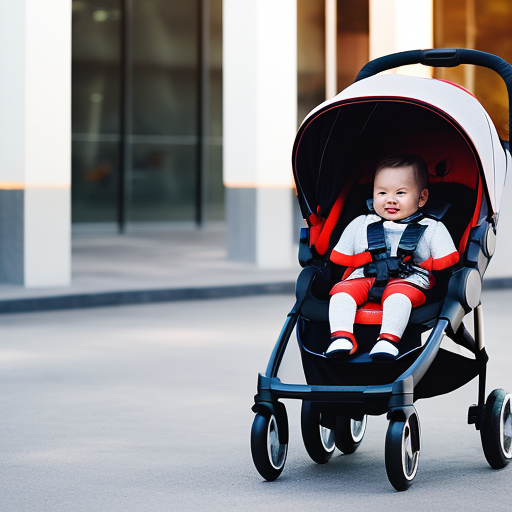
When considering car seat options, a convenient choice to ensure your child’s safety and comfort is a travel system car seat. Travel system car seats are designed to be compatible with strollers, allowing you to easily transition your child from the car to the stroller without disturbing their sleep or routine. This compatibility feature makes travel system car seats a popular choice among parents who are always on the go.
To ensure proper installation of a travel system car seat, here are some helpful tips. Firstly, carefully read the instruction manual provided by the manufacturer. It will provide step-by-step guidance on how to install the car seat correctly.
Secondly, make sure to tightly secure the car seat using the vehicle’s seat belt or the LATCH system. The car seat shouldn’t move more than an inch in any direction when properly installed.
Lastly, always double-check that the car seat is securely attached to the stroller before using it as a travel system.
Extended Rear-Facing Car Seats
To continue seamlessly from travel system car seats, consider opting for extended rear-facing car seats for maximum safety and comfort for your child. Extended rear-facing car seats have become increasingly popular among parents due to their numerous benefits. Here are a few reasons why extended rear-facing car seats are a great choice for your child:
-
Enhanced safety: Extended rear-facing car seats provide superior protection for your child’s head, neck, and spine in the event of a collision. They distribute the force of impact over a larger area, reducing the risk of serious injuries.
-
Longevity: These car seats are designed to accommodate your child from infancy through toddlerhood. They’ve higher weight and height limits, allowing your child to stay rear-facing for a longer period of time.
-
Comfort: Extended rear-facing car seats offer ample legroom and adjustable features to ensure your child’s comfort during car rides. They provide a cozy and secure environment, making car journeys more enjoyable for your little one.
Frequently Asked Questions
Are Car Seats Required by Law for Children of All Ages?
Car seats are required by law for children of all ages to ensure their safety while traveling in a vehicle. Using car seats provides numerous benefits, such as reducing the risk of injuries during accidents.
How Often Should Car Seats Be Replaced?
When should you upgrade your car seat? Car seats should be replaced when they reach their expiration date, which is usually around six years. This ensures your child’s safety and compliance with safety standards.
Can Car Seats Be Used in Airplane Travel?
Yes, car seats can be used in airplane travel. However, it is important to check with the airline regulations beforehand. Using a car seat can provide both safety and travel convenience for you and your child.
What Is the Weight Limit for Using a Rear-Facing Car Seat?
The weight limit for using a rear-facing car seat depends on the specific model and manufacturer. It is important to follow the guidelines provided by the car seat manufacturer to ensure your child’s safety.
What Are the Safety Guidelines for Installing Car Seats in Pickup Trucks?
To install a car seat in a pickup truck, follow these safety guidelines: ensure a tight and secure fit, use the appropriate installation method, and make sure the car seat is properly aligned with the vehicle’s seat.
Conclusion
In conclusion, when it comes to choosing a car seat for your child, there are various options available to suit different needs.
For example, if you’re looking for a seat that can grow with your child, an all-in-one car seat or a convertible car seat is a great option.
Additionally, extended rear-facing car seats offer added safety for younger children.
It’s important to carefully consider factors such as age, weight, and height requirements to make the best choice for your little one’s safety and comfort.


